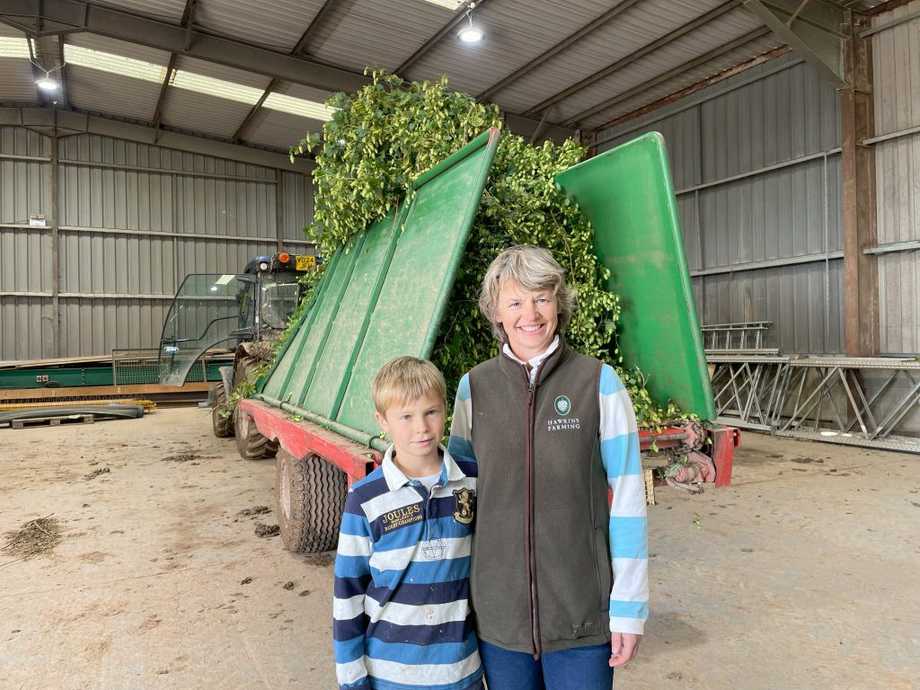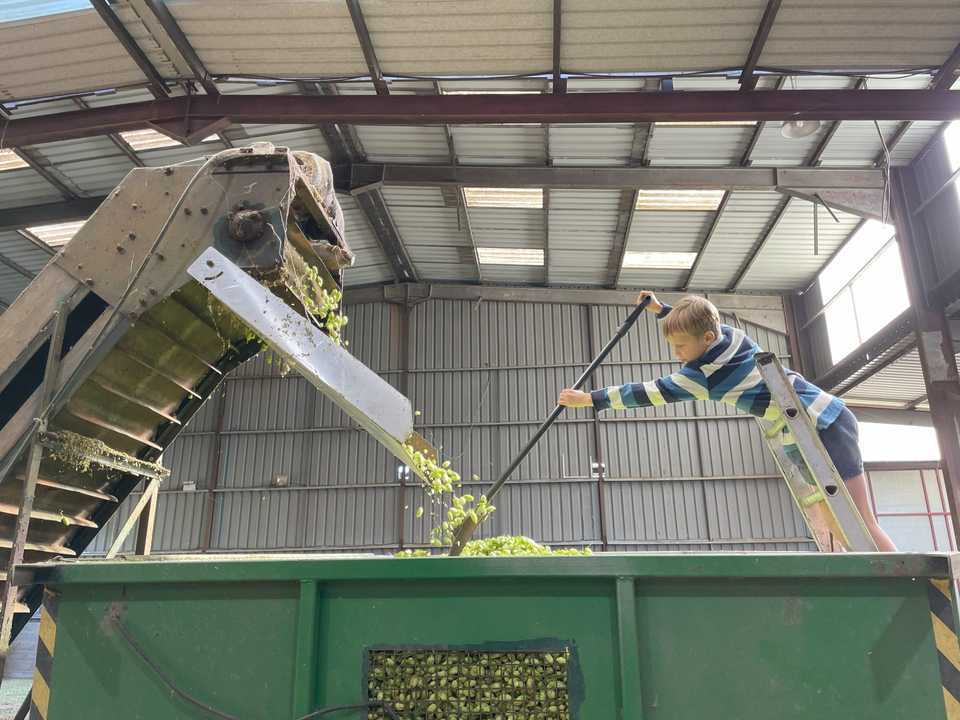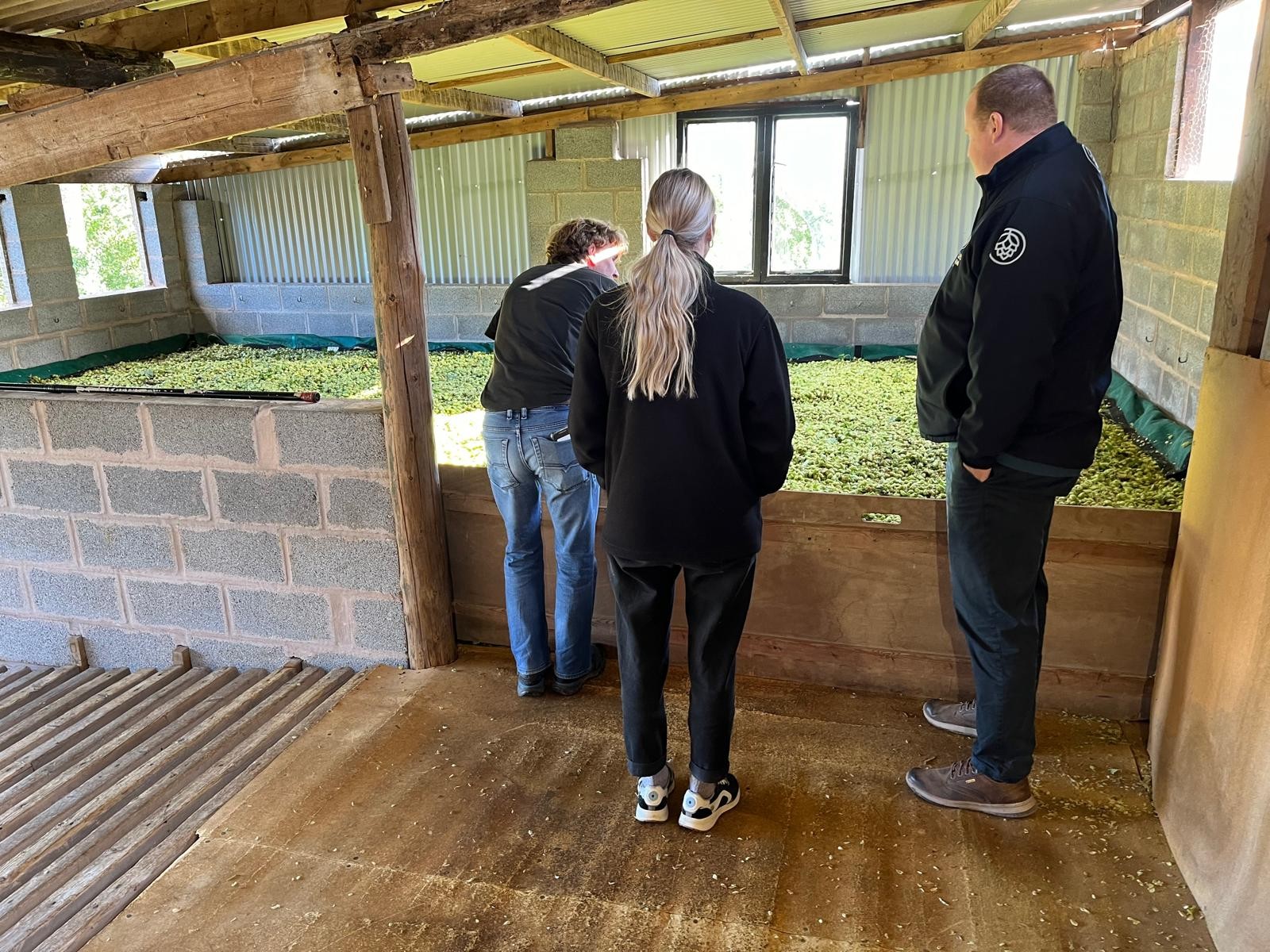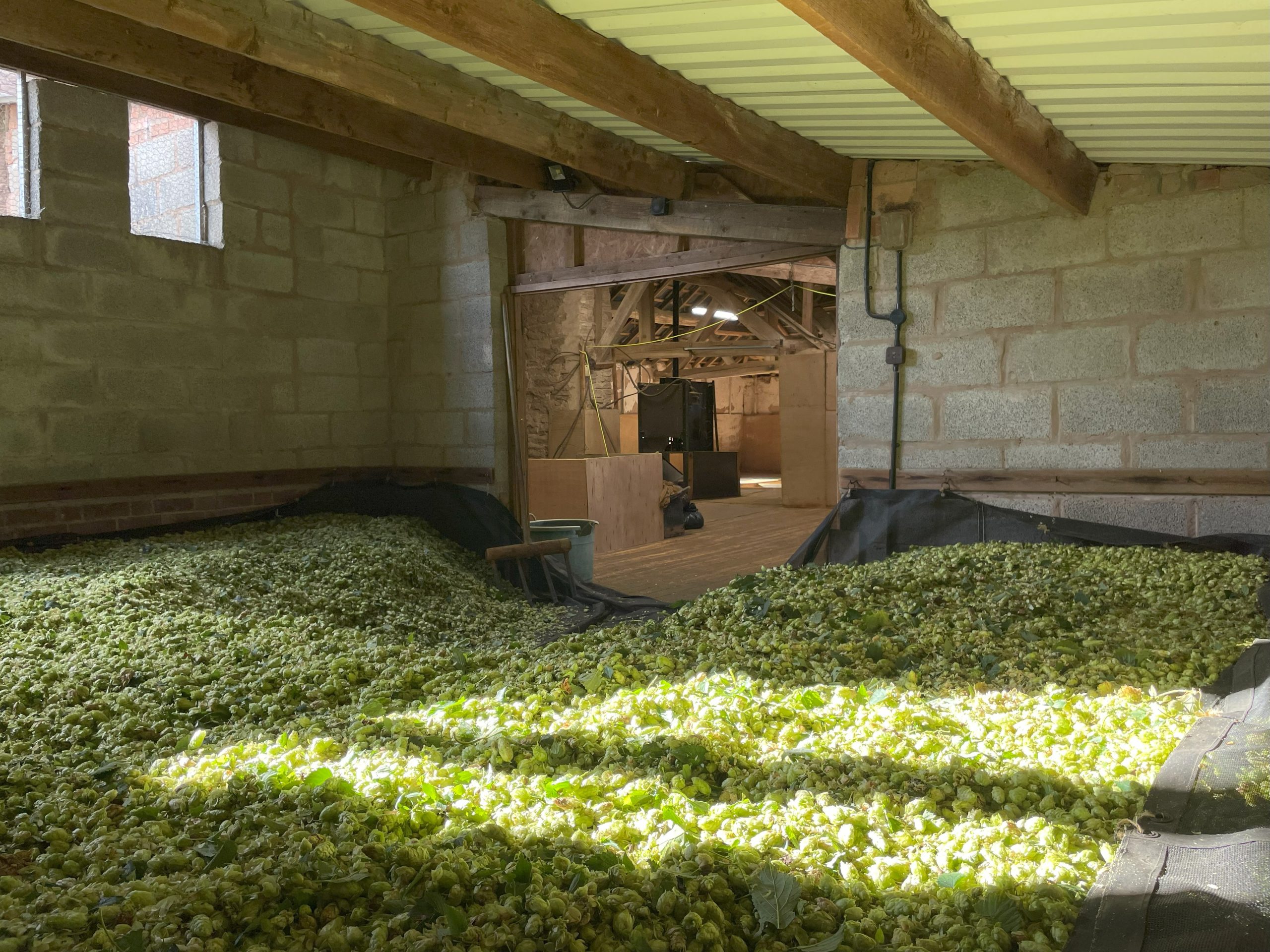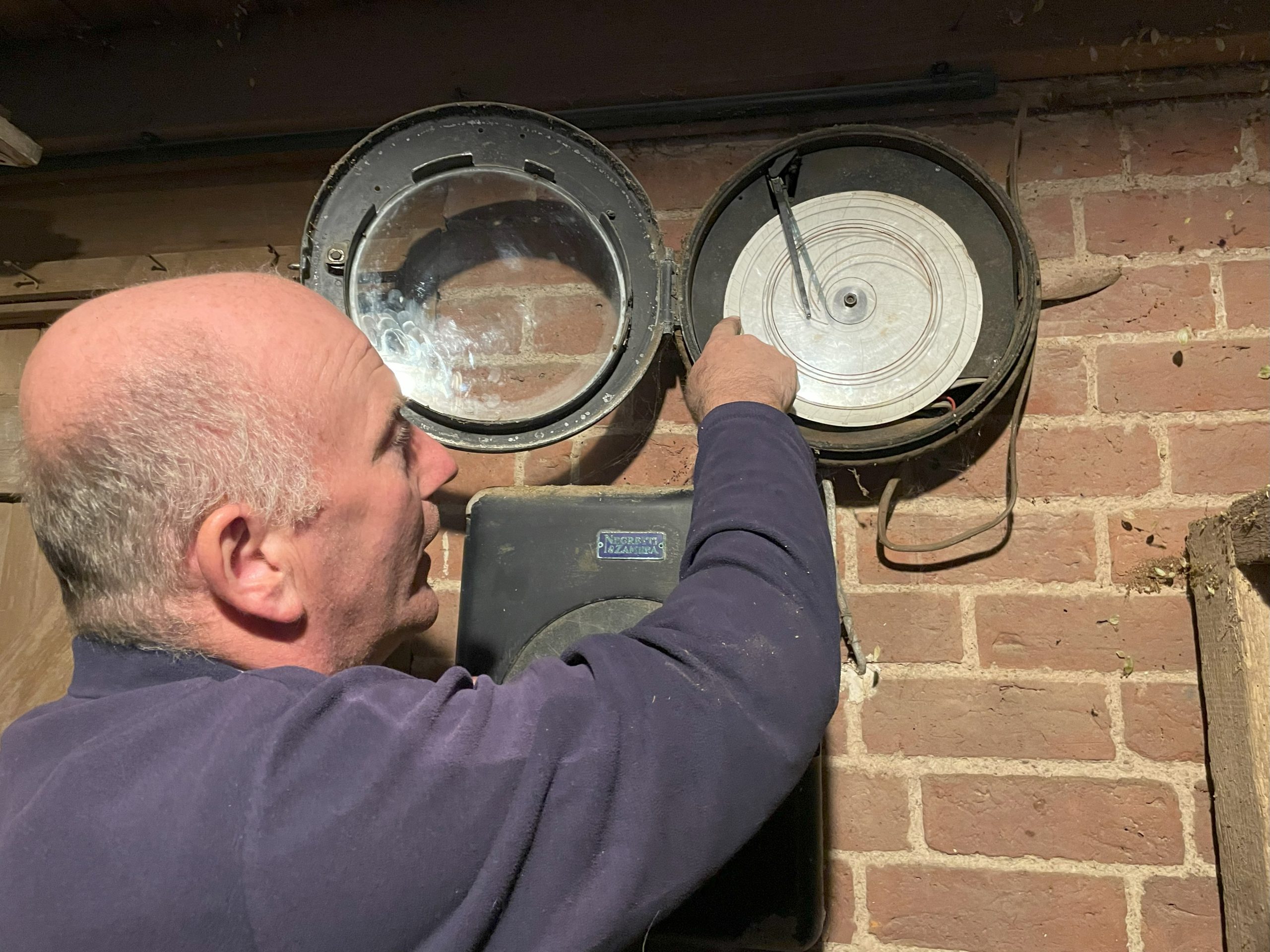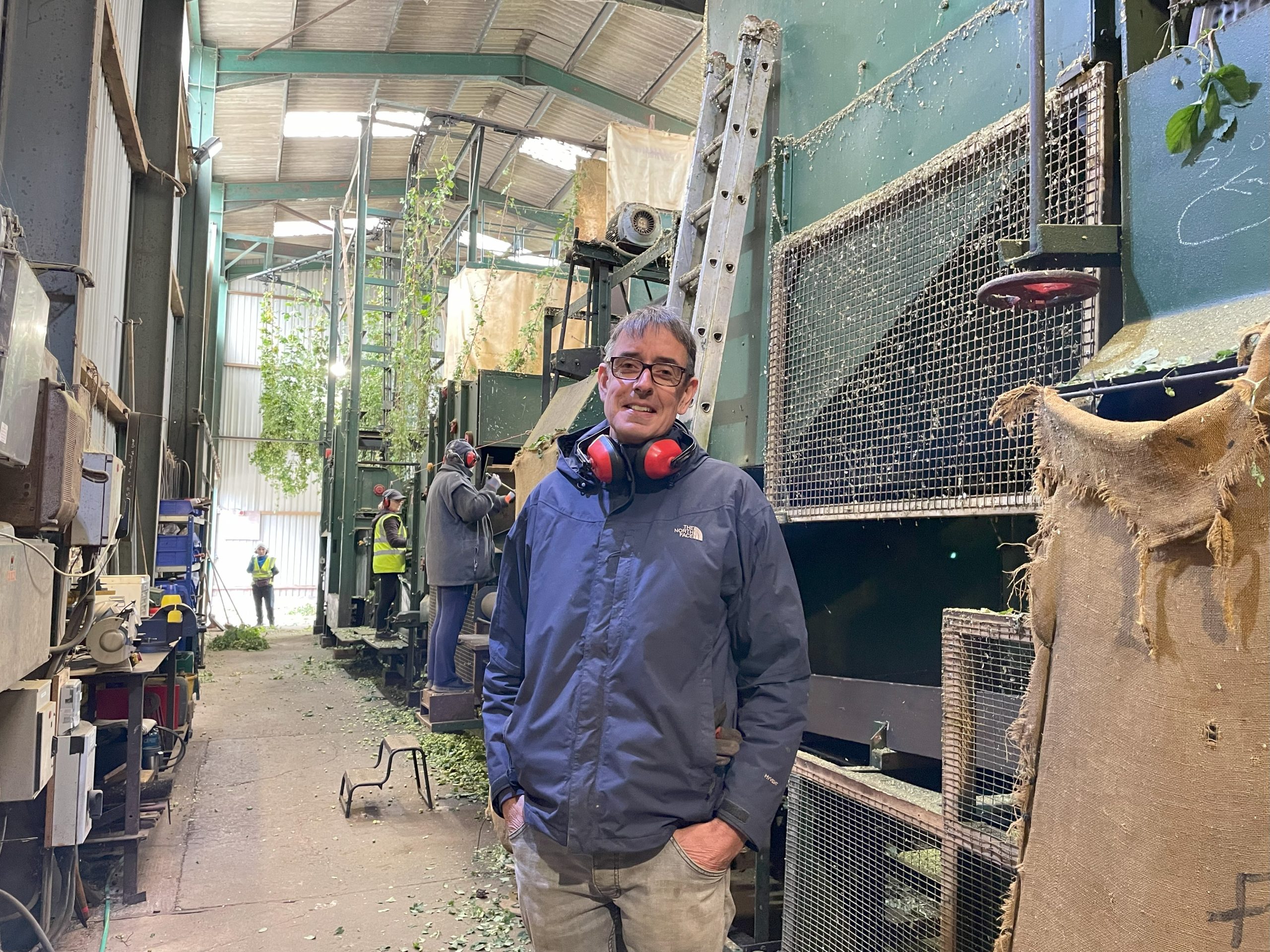Harvest Season For Our Hops
Like a lot of British crops, September is harvesting season in the hop farming industry. It has been a difficult year for hop growers in the UK this year, with heavy rainfall throughout the winter and pretty persistent rain throughout the summer.
When we visited the farms back in the summer, some of the farmers were concerned that the plants weren’t at the height and growth they should have been by that time of year. But then in August we were graced with a bit of sunshine and then a drought – it’s been a struggle to get some consistency.
Some hop varieties can withstand the changes in the weather and temperatures better than others. But many have a very short window when the hops are ready to be picked.
At the end of September, we spent a day down in Worcester visiting hop farmers with Charles Faram learning how the hops are picked, processed and packaged. It was quite the muddy day when we visited, and wellies were required as we trod through the clay soils.
During our visits we were fortunate to see three different hops being picked and processed each with their own incredible aromas and differing shapes; Target, Olicana and Ernest.
Chopping the Bines
At the first farm we visited, Stocks Farm, we watched the farmers chopping the bines by hand using a Bruff. This is an older more traditional method where they then load the bines into the back of the trailer. The tractor drove down each fallow row whilst various members of the team chopped the plants at the base and loaded them into the back of the tractor before heading back to drop the bines at the machinery for the next stage of the process. With various tractors, working in relay, it really was a methodical and seamless operation.
At the other farms we saw the farmers using a more mechanical technique. This was an attachment to the tractor which works by chopping the plant off at the route, and then pulling the plant up and into the trailer automatically.
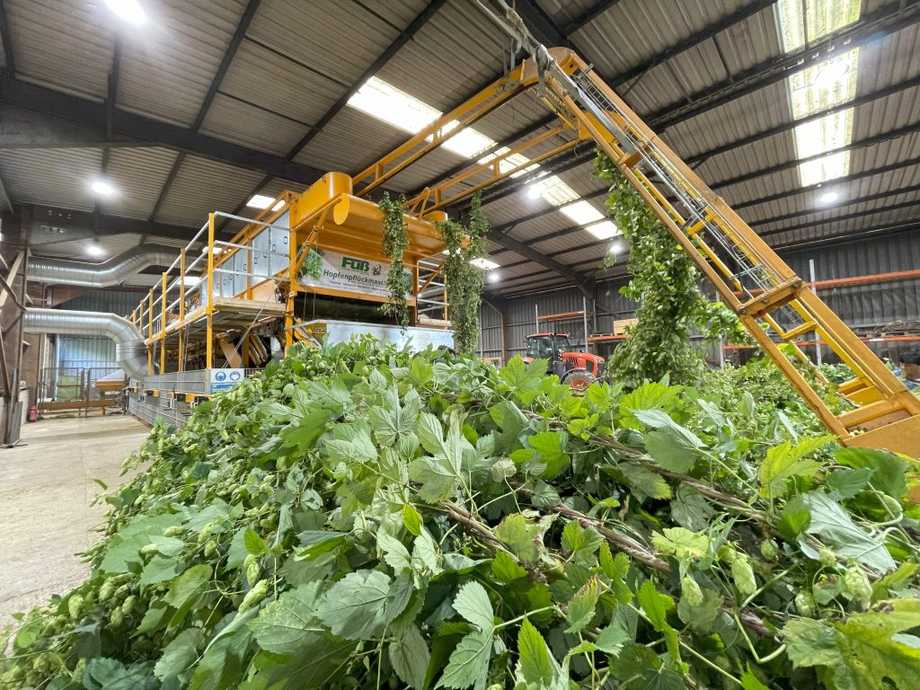
Bines arrive in the production site
In all three of the farms we visited, the next part of the process is quite manual. The bines are unloaded next to the machinery in big piles, where the team load them into the machine. This machine cleverly strips the hops from the bines, sorting the plant into two outputs – hops and other plant matter.
The bines are loaded by hand, hooked upside down and then loaded into the machine.
Here you can see our Brewery Manager, Richard, being taught how to load the bines onto the machine.
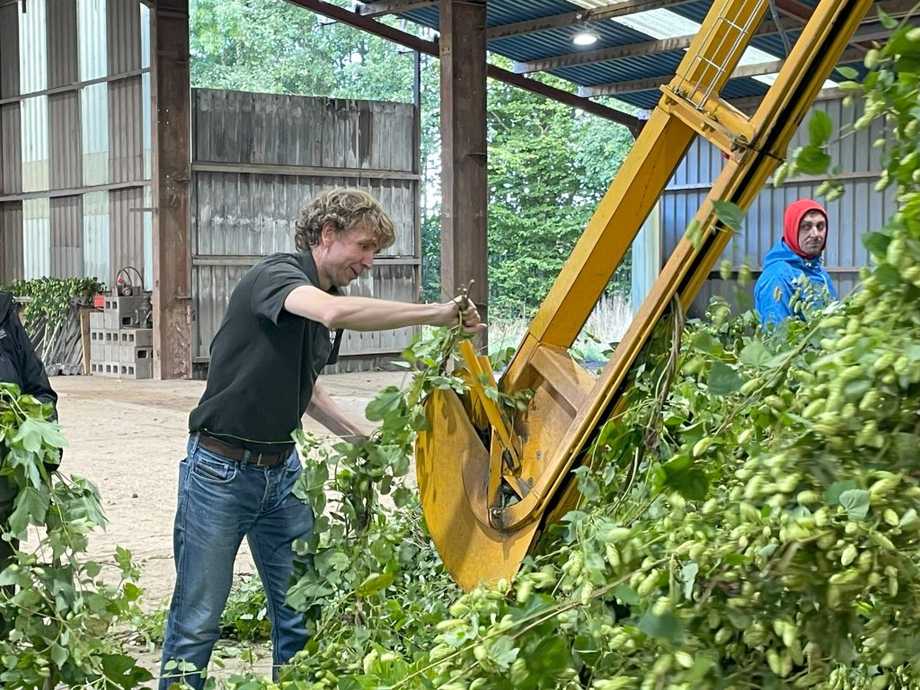
Once the bines are loaded, they travel up into the machine where rotators start to separate out the hops from the bines. The hops travel on to the next stage of the process whilst the plant matter is then separated out, chopped up small and ready to be used for composting or other organic decomposition. There are various filters in place on the machinery to ensure that only the hops make it into the final piles which go for drying.
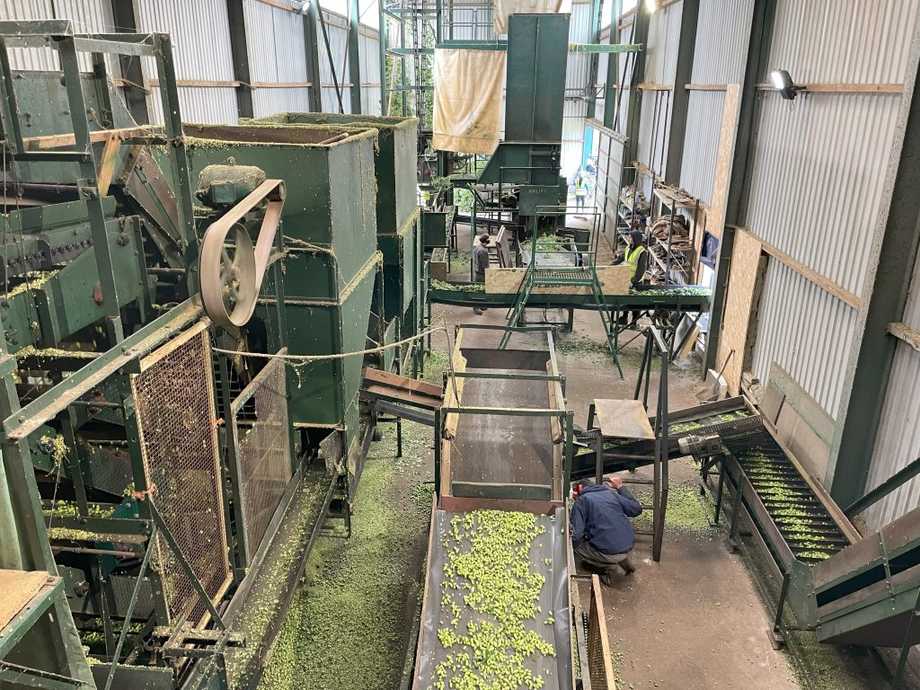
Drying the hops
Once the hops are separated out, they are then dried. In each of the farms visited they did this next part of the process slightly differently. Some of the machinery continued the process automatically, whereas others had human input to transport the hops into the hoppers. The hoppers are warm stores which removes moisture from the hops without dehydrating the hop cones completely. Here are some examples of the different hoppers. In the farms we visited, this process could take anywhere from 6 hours to 12 hours dependant on the quantity of hops and the method the farmers used. We learnt it’s important to have air between the hops to prevent pockets of moisture.
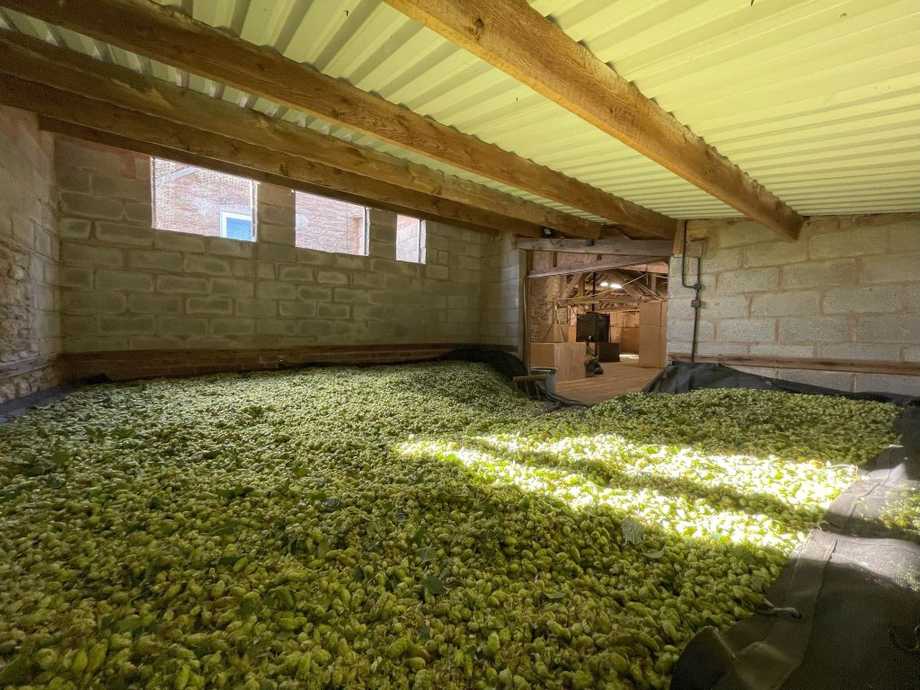
Packaging the hops
Once the moisture levels have reached the correct levels, the hops are then baled ready to be sold. Once they’re baled, further moisture checks take place to check they’re sitting within range. The oils within the centre of the hops are then drawn back into the petals of the hop.
Acknowledgements
A special thanks to Simon Parker, Sarah Hawkins, and Richard and Ali Capper who invited us to visit their farms and spend time with us showing us around. We’re proud to work with Charles Faram Hop Merchants who has enabled us to take you behind the scenes and show you just what creates the aroma and flavour of your beer!
